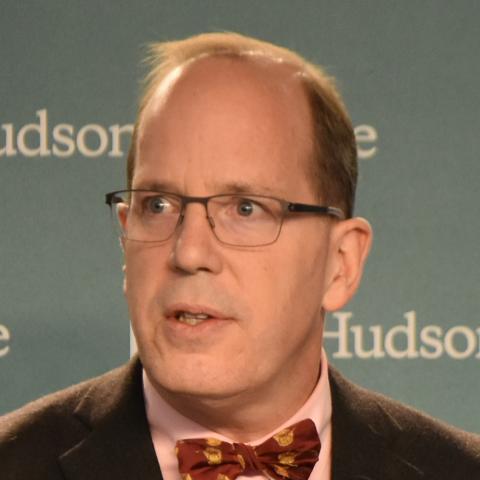In accepting the Nobel Peace Prize in Oslo on December 10, 2009, President Barack Obama described as urgent the effort to prevent the spread of nuclear weapons, and to seek a world without them. In announcing the award two months earlier, the Norwegian Nobel Committee made special note of Obamas vision of and work for a world without nuclear weapons, a vision that has powerfully stimulated disarmament and arms control negotiations. But realizing this vision will require detailed consideration of several tough questions questions that the movement for global nuclear disarmament has not yet seriously addressed. How the world will actually get there, and how we all might be expected to stay there, must be thought through before we embark on a project of radical disarmament.
Some disarmament advocates believe that the moment has not yet arrived to worry about the nuts and bolts of how a disarmed world would actually work, such as the means by which the international community would be able to deter regime breakout by a country keen on using the disarmament of others to make itself the planets only nuclear weapons holder. Indeed, the prospect of total nuclear disarmament is so transcendentally appealing in some quarters that such practical challenges and fundamental questions are only of distant interest, if any at all. Some disarmament advocacy groups are so far removed from reality that they argue that reliance upon deterrence in security policymaking should end altogether that it is possible not just to end the use of nuclear weapons in deterrence, but that we need never rely upon anything to deter anything else ever again.
But back down here on Earth, serious advocates of disarmament are increasingly coming to recognize that unless they can provide compelling responses to some crucial challenges, their goal will only further recede from sight. In part, the challenges are technical; in part, they are political; in part, they point to fundamental ethical concerns. They amount to more than just a critique of the disarmament movements ends and proposed means. Taken together, these questions compose a broad agenda for disarmament research for the months and years ahead.
Full text of this article can be found here
















